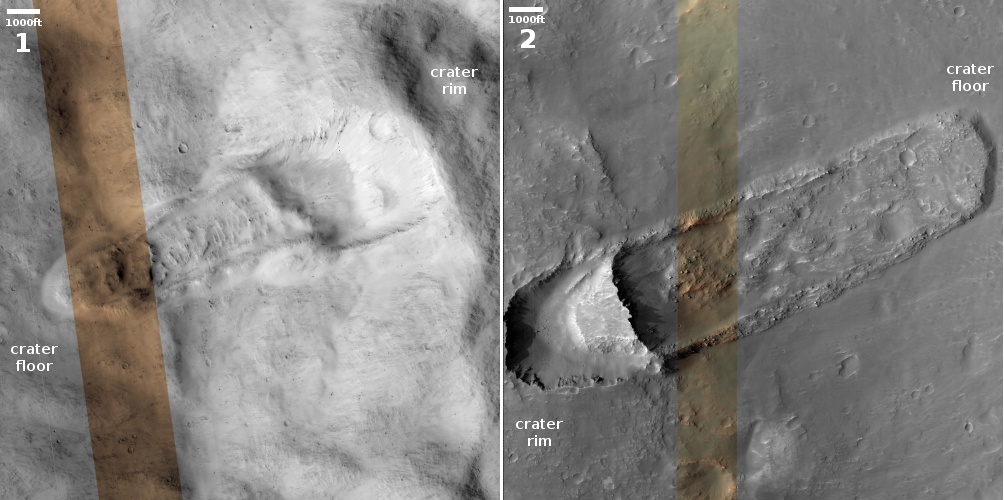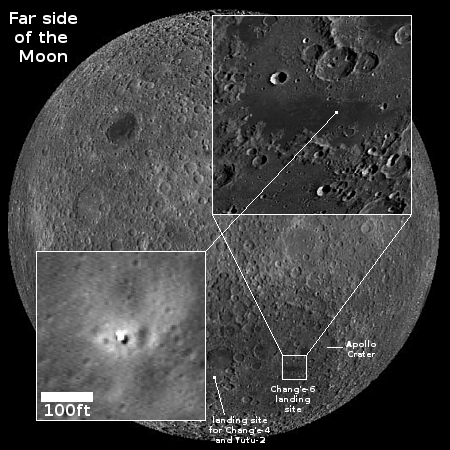Japan’s space agency reveals it was hacked in 2023
Japan’s space agency JAXA today revealed that beginning in 2023 and periodically into this year it has been attacked repeatedly by hackers, with data from more than 10,000 files stolen.
Attacks occurred in June 2023 and multiple times a year, although investigations are ongoing regarding whether more information was stolen in this year’s attacks.
In addition to internal data, potentially compromised entities include NASA, Toyota Motor Corp., Mitsubishi Heavy Industries Ltd. and the Defense Ministry, with which JAXA has nondisclosure agreements. Information from numerous aerospace and defense-related organizations and companies was also exposed.
JAXA stated that no sensitive information related to national security or rocket technologies was stolen in last year’s breach. Personal data of approximately 5,000 JAXA personnel and employees from partner companies was used to access the Microsoft 365 accounts of JAXA executives.
It appears JAXA officials only found out about the attack when police told them about it months after the June 2023 attack. Agency officials now say no sensitive rocket or satellite data was stolen. Instead, it appears the attack targeted personal communications as well as research facilities.
The report provided no indication about the source of these attacks, but noted that a 2016 attack is known to have come from China.
Japan’s space agency JAXA today revealed that beginning in 2023 and periodically into this year it has been attacked repeatedly by hackers, with data from more than 10,000 files stolen.
Attacks occurred in June 2023 and multiple times a year, although investigations are ongoing regarding whether more information was stolen in this year’s attacks.
In addition to internal data, potentially compromised entities include NASA, Toyota Motor Corp., Mitsubishi Heavy Industries Ltd. and the Defense Ministry, with which JAXA has nondisclosure agreements. Information from numerous aerospace and defense-related organizations and companies was also exposed.
JAXA stated that no sensitive information related to national security or rocket technologies was stolen in last year’s breach. Personal data of approximately 5,000 JAXA personnel and employees from partner companies was used to access the Microsoft 365 accounts of JAXA executives.
It appears JAXA officials only found out about the attack when police told them about it months after the June 2023 attack. Agency officials now say no sensitive rocket or satellite data was stolen. Instead, it appears the attack targeted personal communications as well as research facilities.
The report provided no indication about the source of these attacks, but noted that a 2016 attack is known to have come from China.















